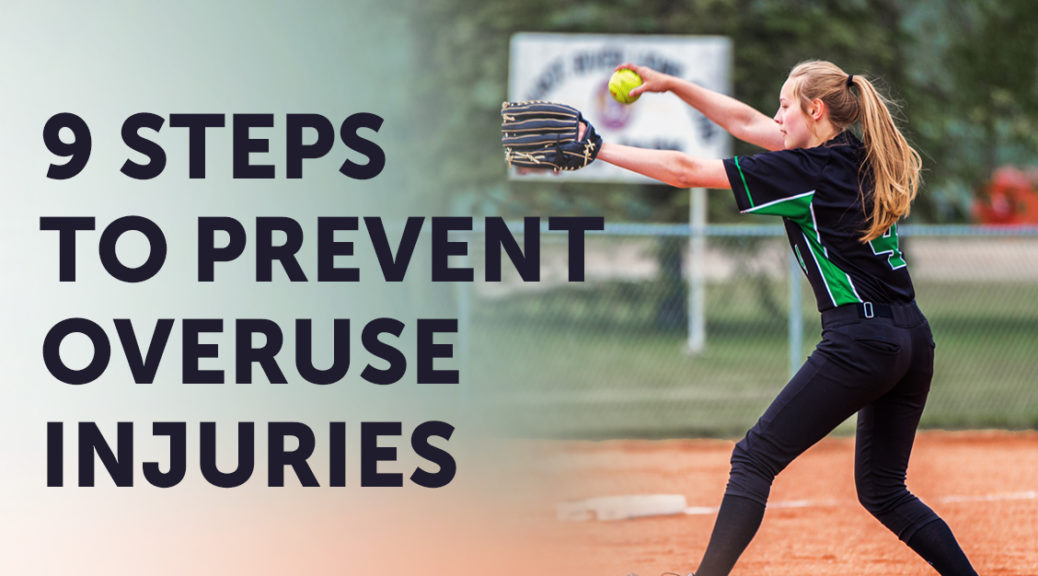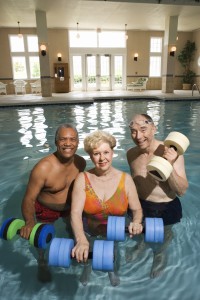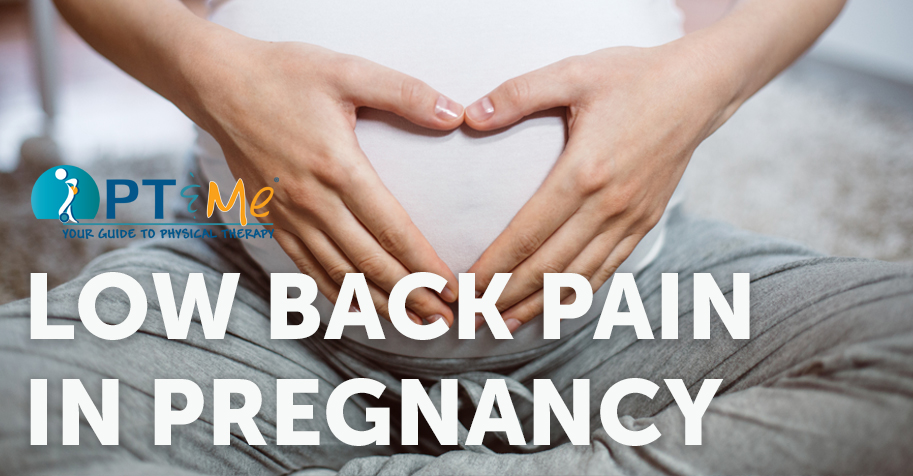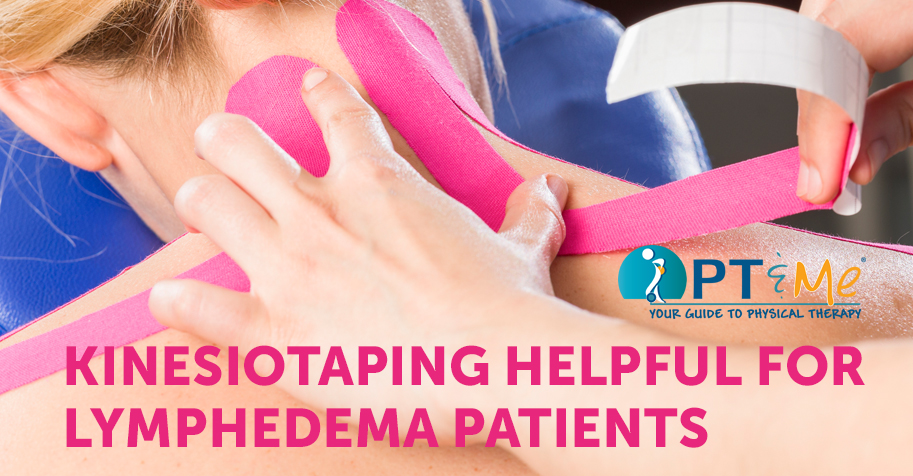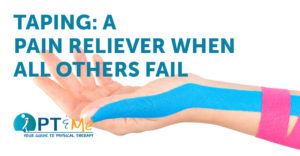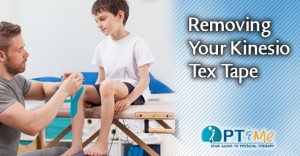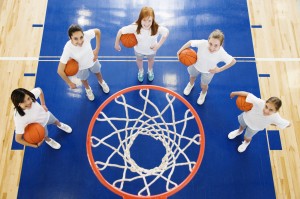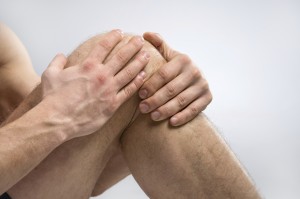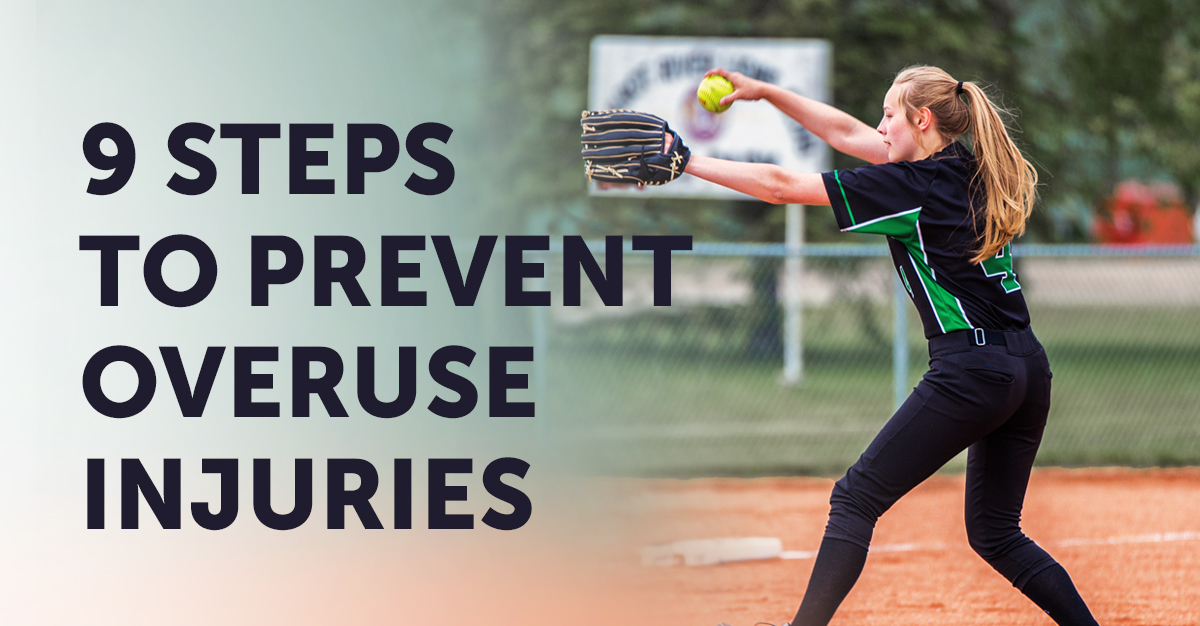
One big problem with sports specialization at an early age is overuse injuries. These injuries are often subtle and occur over time. Micro-trauma from too much repetitive motion often shows up in elbows, knees, and shoulders.
- Base conditioning and flexibility is key to prevention of overuse injuries
- Listen to your body- Learn to take care of your body
- Proper training and common sense
- “No pain, no gain” is not the best slogan to go by
- Start slowly and build up by 10% a week
- Variety in training and exercise programs is one of the reasons that cross-training. Cross-fit and triathlons are some of the best and fastest-growing programs today.
- A 52 week a year exercise program is unrealistic. Build rest cycles in your training. Many professional pitchers do not throw a baseball for one month a year
- Use proper technique to avoid overuse injuries. Even a slight change in form may create an injury.
- Anatomic and biomechanical factors cause some athletes to be more prone to overuse injuries. Why? Imbalances between strength and flexibility around certain joints are usually the cause.
We all want to be free to chase our dreams both in sport and in life. This pursuit is a multi-year race, not a quick sprint. If you are 10 years old or 60 years old, too much of a good thing too quickly is just too much. To learn more or to schedule an evaluation, Find a PT today!
More information on overuse injuries is in The Therapy Connection Newsletter for April 2015. You can sign up to receive our newsletter via email here.
Provided by: Chris Snoddy, MA, LAT, ATC, STAR Physical Therapy

